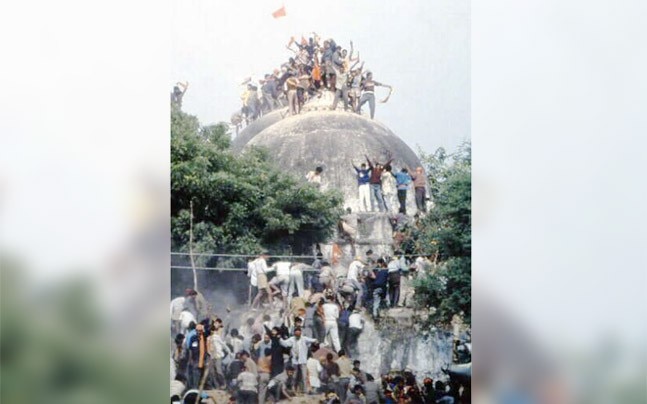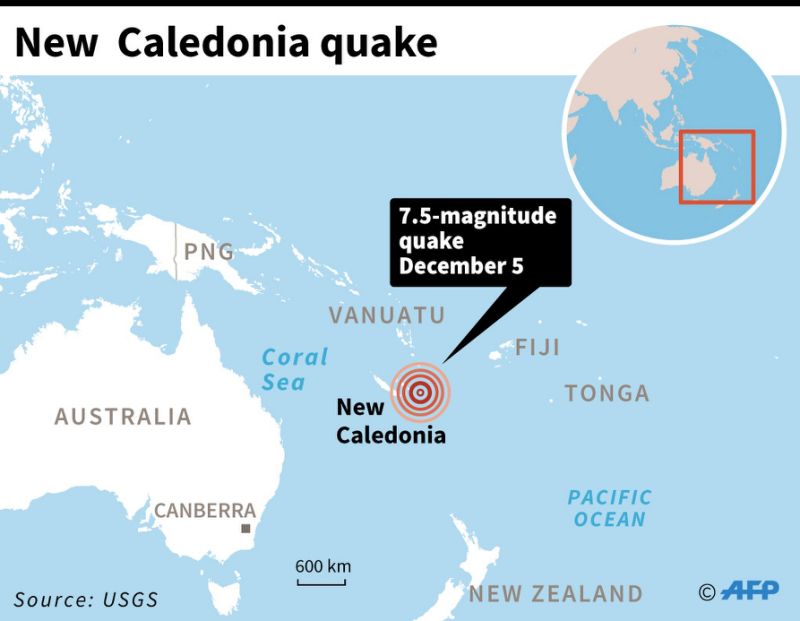Anza Kanwal

On 6 December 1992, a large crowd of Hindu extremists, known as kar sevaks, demolished the 16th century Babri Mosque in the city of Ayodhya, in Uttar Pradesh. The demolition occurred after a so-called political rally at the site turned violent. In Hindu mythology, the city of Ayodhya is the birthplace of the Rama. In the 16th century a Mughal general, Mir Baqi, had built a mosque, known as the Babri Masjid, at a site considered by some Hindus to be Ram Janmabhoomi, the actual birthplace of Rama. In the 1980s, the Vishva Hindu Parishad (VHP) began a campaign for the construction of a temple dedicated to Rama at the site, with the Bharatiya Janata Party (BJP) as its political voice. Several rallies and marches were held as a part of this movement, including the Ram Rath Yatra led by L. K. Advani.
The demolition of the Babri Mosque was not only a serious blow to Indian secularism and the fundamental rights granted by the Indian Constitution to the religious minorities, but it also symbolized the virtual subjugation of Muslim identity in the post-1947 India. More than 2000 people were killed in the ensuing riots following the demolition. Similarly, in 2002 something as horrendous as the Gujarat riots, having no parallel in India’s modern history occurred. Gujarat pogrom occurred in the wake of burning of Sabarmati Express carrying Hindu extremists. In the fire 59 Hindu militants were killed. The Bharatiya Janata Party (BJP) and its Rashtriya Sawyamsevak Sangh (RSS) allies have insisted that Muslims executed this incident and launched a pogrom against the local Muslim population. They looted and torched Muslim-owned businesses, assaulted and murdered Muslims, and gang-raped and mutilated Muslim women. By the time the violence spluttered to a halt, about 2,500 Muslims had been killed and about 200,000 driven from their homes. Despite the passage of years since the February-March 2002 anti-Muslim pogrom in the Indian state of Gujarat, not a single one of the principal perpetrators of this horrific crime has been punished.
On 16 December 1992, the Indian Union home ministry set up the Liberhan Commission to investigate the demolition of the Mosque, headed by retired High Court Judge M. S. Liberhan. Totalling 399 sittings over the span of sixteen years, the Commission finally submitted its 1,029-page report to Prime Minister Manmohan Singh on 30 June 2009. According to the report, the events of 6 December 1992, in Ayodhya were “neither spontaneous nor unplanned”. In March 2015, the Supreme Court of India admitted a petition stating that, with a BJP government in power, the CBI would not pursue conspiracy charges against senior BJP leaders like L. K. Advani and Rajnath Singh. The Court asked the CBI to explain its delay in filing an appeal. However, in April 2017, Supreme Court of India reinstated criminal conspiracy charges against L. K. Advani, Murli Manohar Joshi, Uma Bharti, Vinay Katiyar and others.
Moreover, in a 2005 March book, former Intelligence Bureau (IB) Joint Director, Maloy Krishna Dhar claimed that Babri mosque demolition was planned 10 months in advance by top leaders of the Rashtriya Swayamsevak Sangh (RSS), BJP and VHP and raised questions over the way the then Prime Minister P. V. Narasimha Rao, had handled the issue. Dhar claimed that he was directed to arrange the coverage of a key meeting of the BJP/Sangh Parivar and that the meeting “proved beyond doubt that they (RSS, BJP, VHP) had drawn up the blueprint of the Hindutva assault in the coming months and choreographed the ‘pralaya nritya’ (dance of destruction) at Ayodhya in December 1992. The RSS, BJP, VHP and the Bajrang Dal leaders present in the meeting amply agreed to work in a well-orchestrated manner. Claiming that the tapes of the meeting were personally handed over by him to his boss, he asserts that he has no doubts that his boss had shared the contents with the Prime Minister (Rao) and the Home Minister (S B Chavan). The author claimed that there was silent agreement that Ayodhya offered “a unique opportunity to take the Hindutva wave to the peak for deriving political benefit.”
The failure of secularism in India is apparent from its treatment to the minorities. India is intolerable of religious minorities. India preaches democracy and rule of law but does not practice it. The image of India abroad is of a tolerant country but the reality is otherwise as democracy notion include protection of minorities. The world community must respond immediately. Just like UNCIRF, the other international human right organizations need to condemn the Indian government more openly. The Hindu fundamentalists must force to end the persecution of the poor and hapless minorities in India. India’s political system based on democratic pluralism theoretically provides space for all ethnic groups and sub-nationalities. But, in actuality, there have been severe deficiencies in the way it functions. Suffice it to say, political empowerment of the people is still far from complete, even after seven decades of independence. Despite an overarching commitment to respecting citizens’ freedom to express their views, peacefully protest, and form their own organizations, the Indian government lacks the will and capacity to implement many laws and policies designed to ensure the protection of rights. There is a pattern of denial of justice and impunity, whether it is in cases of human rights violations by security forces, or the failure to protect women, children, and marginalized groups such Dalits, tribal groups, and religious minorities. The failure to properly investigate and prosecute those responsible leads to continuing abuses. The government has failed to protect vulnerable communities including Dalits, tribal groups, and religious minorities such as Sikhs, Muslims and Christians.




